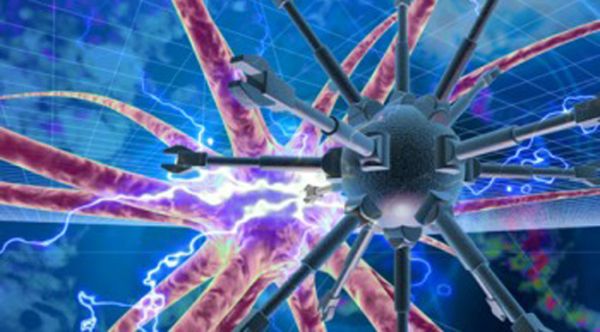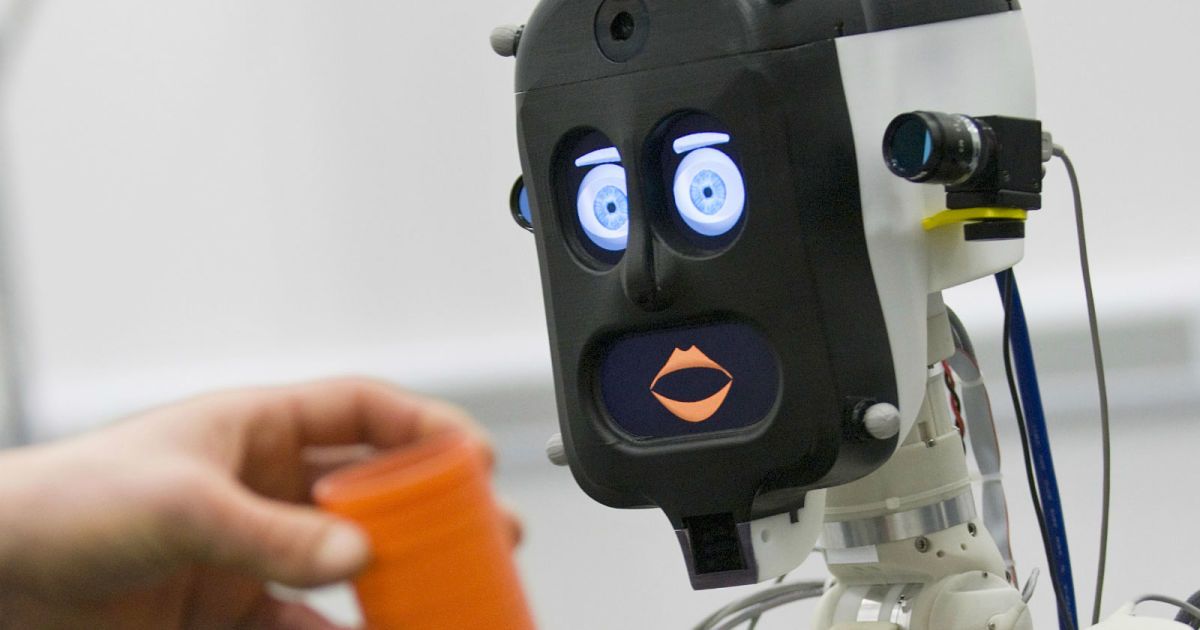Aug 27, 2016
HAARP Opens Doors To Conspiracy Theorists To Prove “It Is Not Capable Of Mind Control”
Posted by Karen Hurst in categories: habitats, neuroscience
Did anyone from Lifeboat attend today’s HAARP’s open house in Alaska today?
HAARP, aka the High Frequency Active Auroral Research Program, lives out a quiet existence in the middle of the Alaskan wilderness. But for one reason or another, this ionospheric research facility has become the favorite scratching post for conspiracy theorists – attracting accusations of being a weather-altering superweapon, the force behind chemtrails, and even a mind-control device.
The new management of HAARP – The University of Alaska Fairbanks – aren’t too happy with these claims. So this Saturday, they’re opening its doors and inviting the public to come visit the facility for free. The open house will include facility tours, a mobile planetarium, a permafrost exhibit, science talks, and a barbecue.
“We hope that people will be able to see the actual science of it,” a spokesperson from the University of Alaska, who run HAARP, told Alaska Dispatch News. “We hope to show people that it is not capable of mind control and not capable of weather control and all the other things it’s been accused of.”








 Stanford University graduate Feross Aboukhadijeh is passionate about P2P technology. The founder of P2P-assisted content delivery network PeerCDN (sold to Yahoo in 2013), Feross is also the inventor of WebTorrent.
Stanford University graduate Feross Aboukhadijeh is passionate about P2P technology. The founder of P2P-assisted content delivery network PeerCDN (sold to Yahoo in 2013), Feross is also the inventor of WebTorrent.









